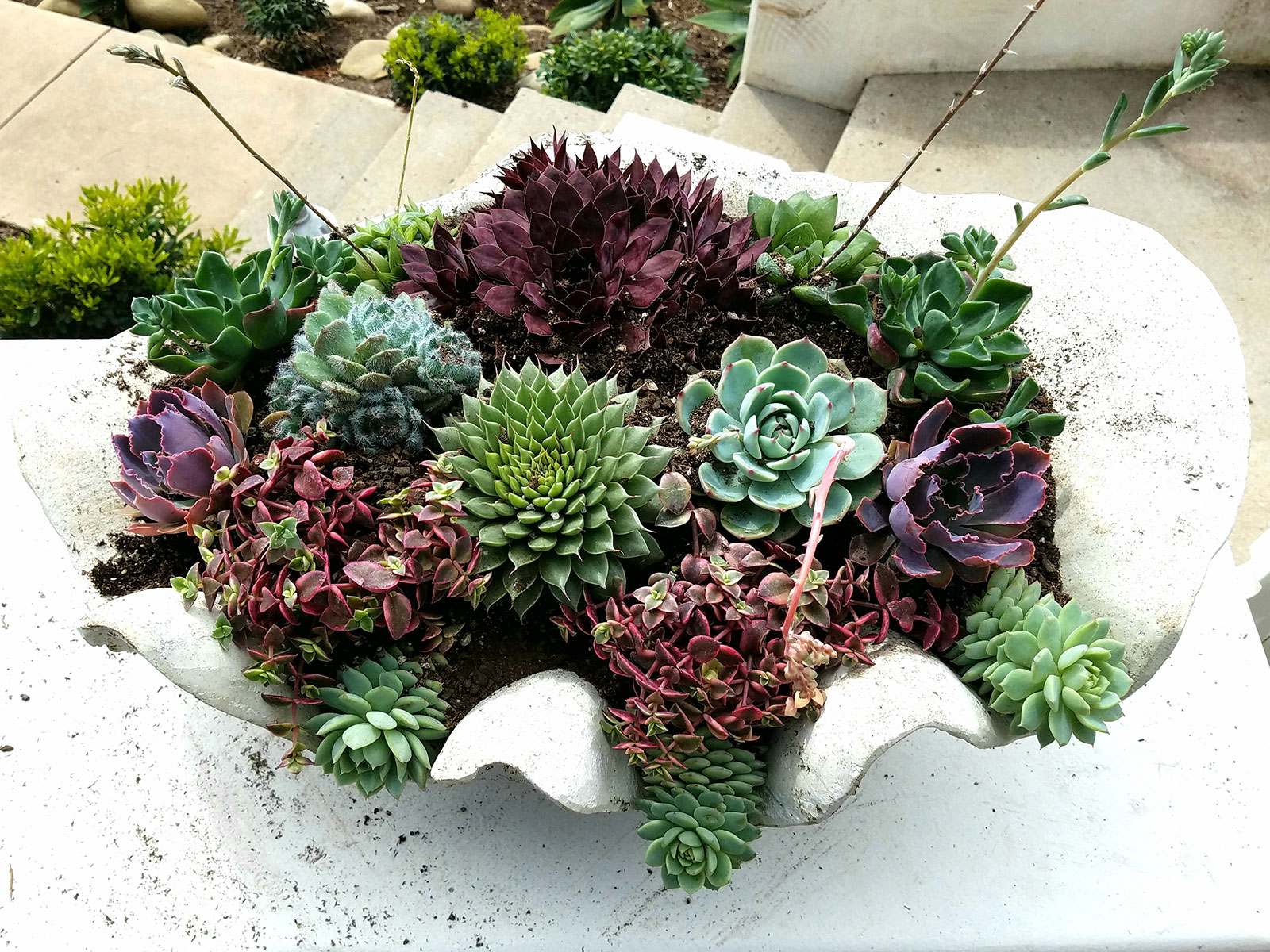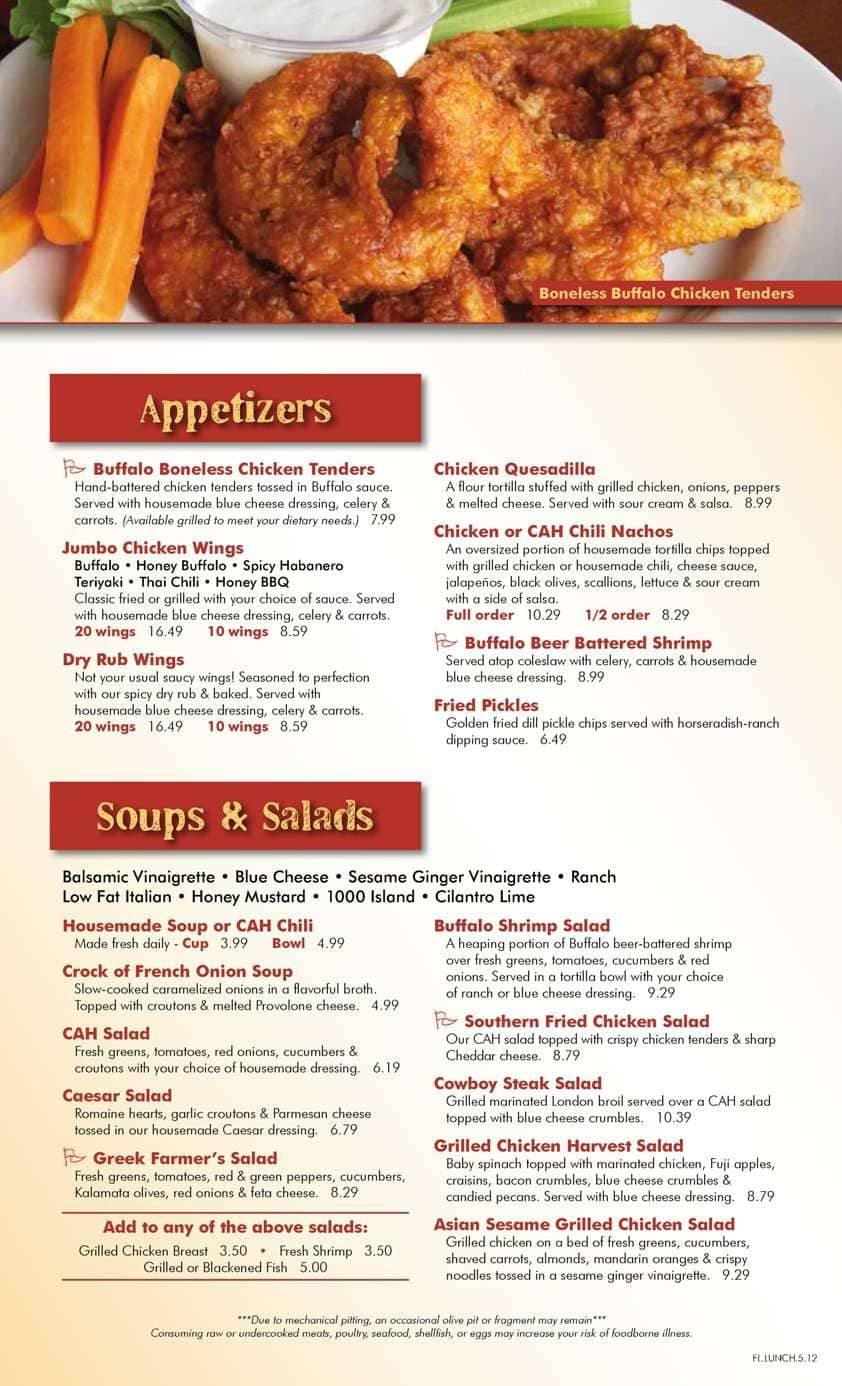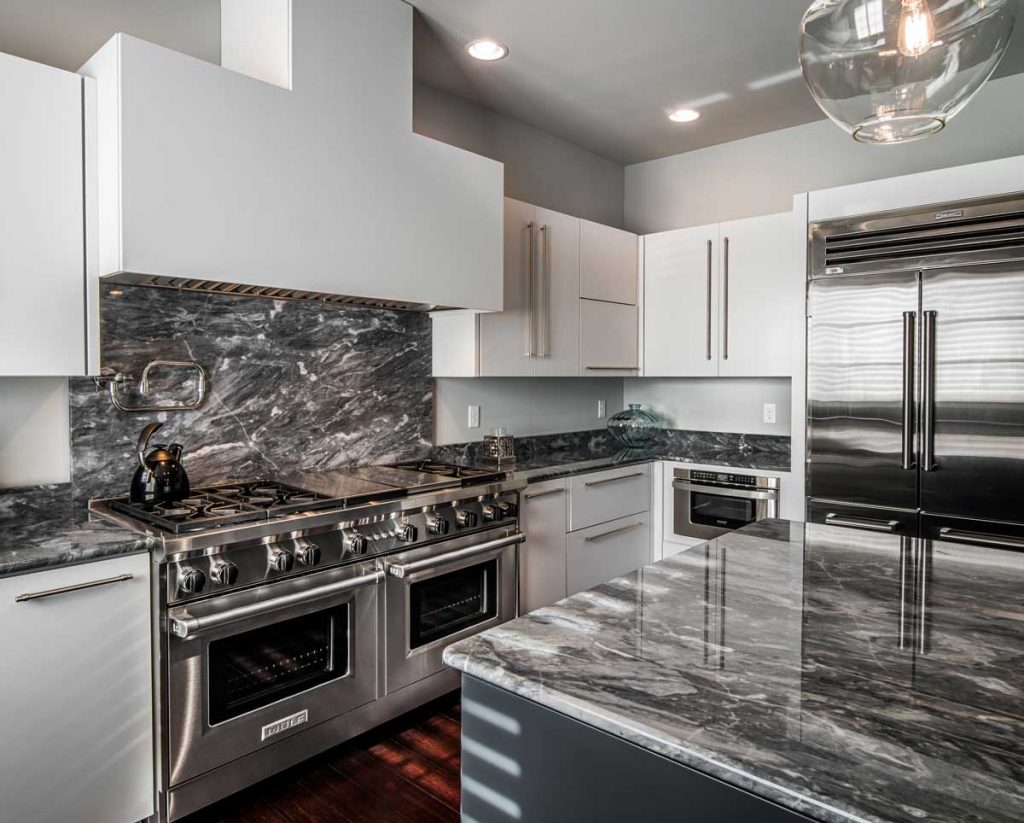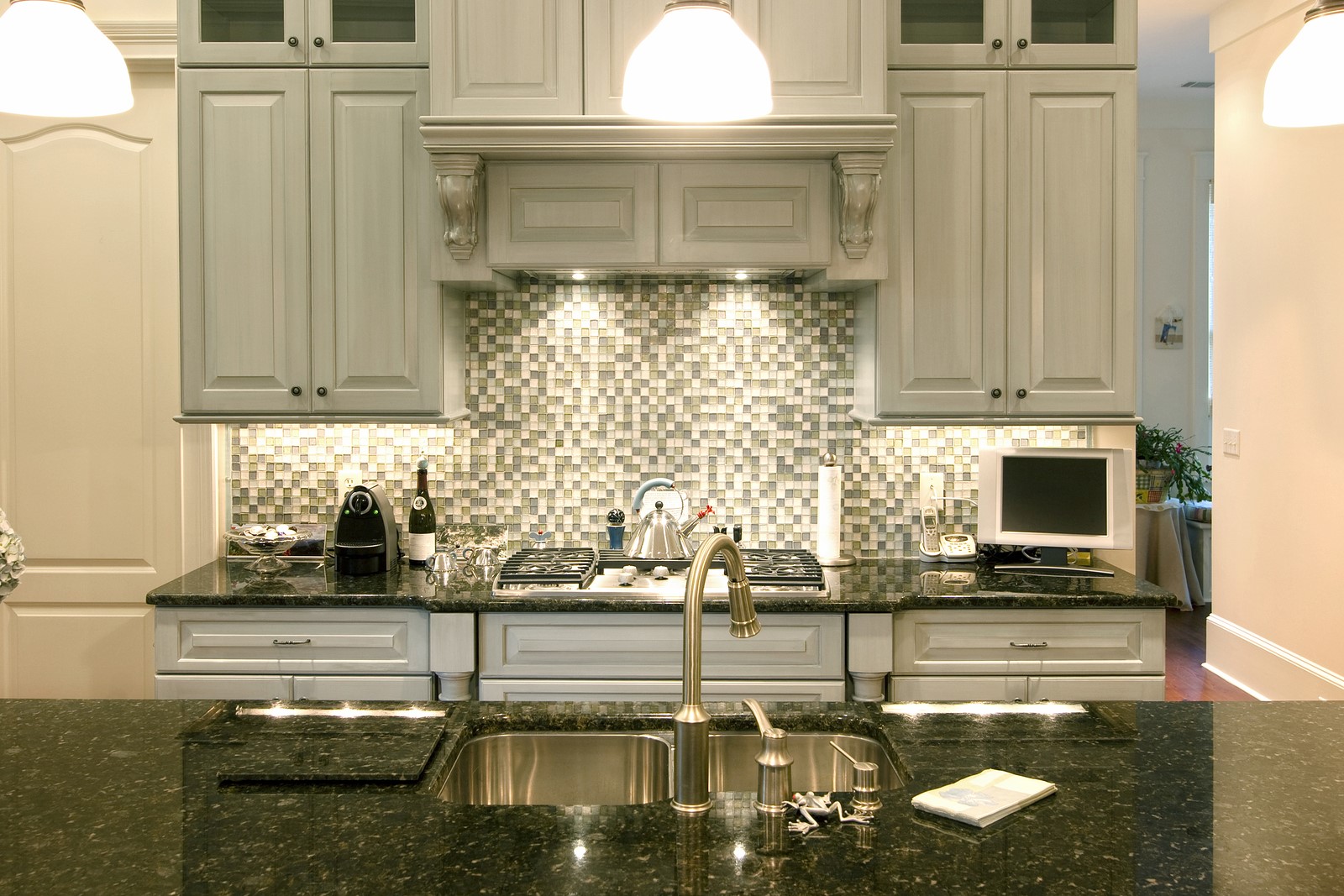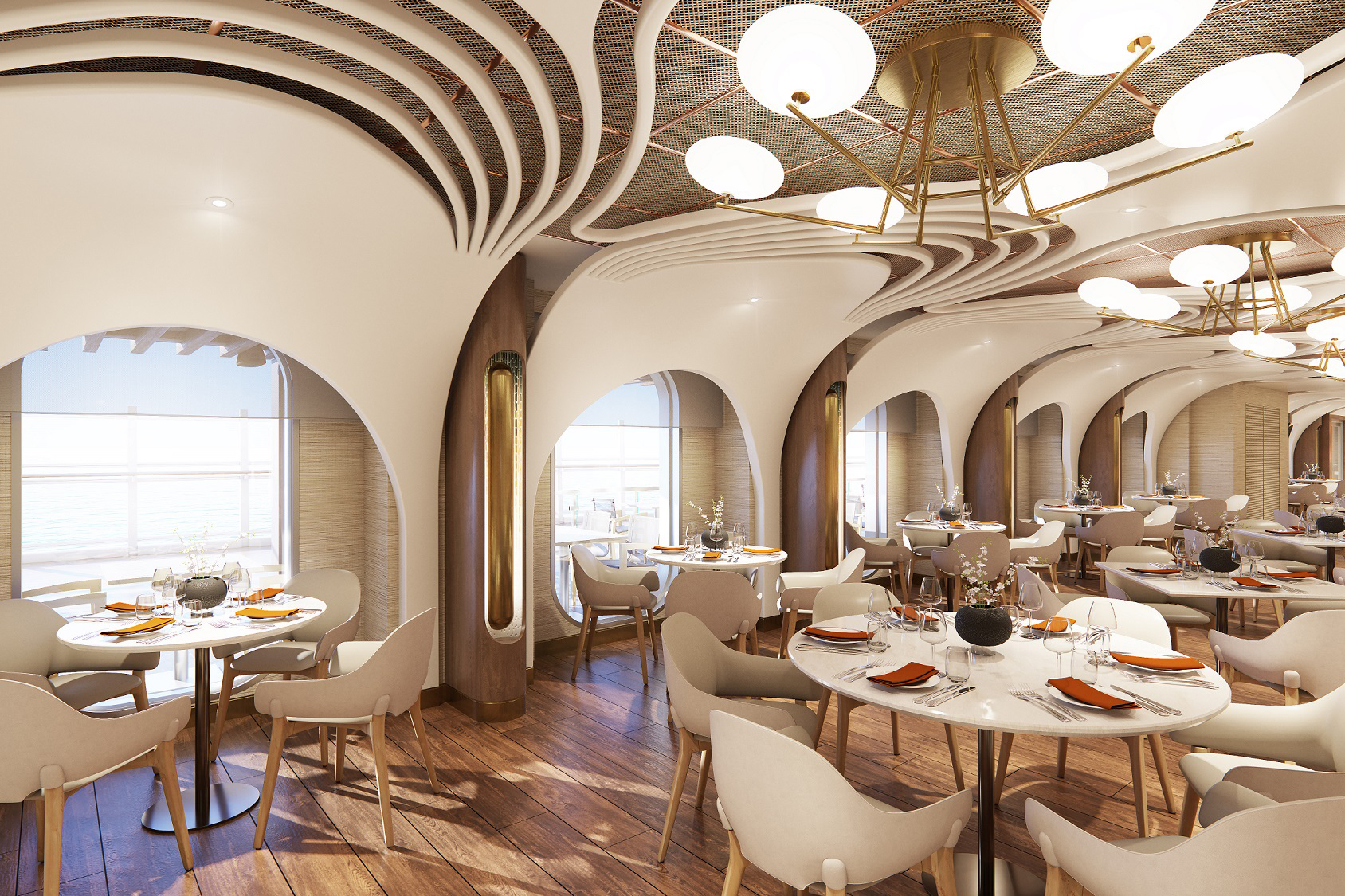Table Of Content

Over time, some well-to-do commoners even opted for brick or stone between timbers, but the original Tudor style was already beginning to fade in England by the start of the Elizabethan era. When a person makes reference to the Tudors, we might immediately think of Henry VIII and the wives he treated so miserably. However, most people might not be aware that during the time Henry sat upon the British throne, a very distinct style of architecture came into vogue.
English Tudor style
“The clients wanted comfortable, durable, and stylish living spaces for their family of five, and were looking for a kitchen and family space that allowed everyone to spend time together,” Barrett adds. The main home office is concealed by custom black metal and glass doors and it features plenty of built-ins. Alison is part of the content marketing team and enjoys writing about housing affordability and home interior design ideas. Her dream home is a cottage-style house with a chef’s kitchen and a cozy room to store and play vinyl records. Other features of the Tudor look are steeply pitched gable roofs, tall decorative brick chimneys, and metal or stone chimney pipes or “chimney pots” extending past the chimney frame.
Decoration Tips & Ideas
Wooden frames became popular during this era, making exposed interior beams and half-timbered exteriors more common. Heavy chimneys and steeply pitched roofs give Tudor-style homes medieval flavor. The windows of this home include a lot of casements, another characteristic of the style. The English prototype sprang from the introduction of the chimney stack, and the varied look of the style's myriad rooflines and quaint windows was a balancing act around interior heat sources. On this charming Tudor's facade, crude mortar joints between bricks amplify the home's timeworn appeal.
Medieval Revival
“I really feel like the dining room is a forgotten room,” says the designer, who set out to prove how vital the space is to a home. The room is anchored by a Riva 1920 table made with the wood of a 50,000-year-old Kauri tree, which Levine surrounded with seating for 12. Another seating area with views of the garden was designed for more intimate dining, games, or meetings, and it’s illuminated by a Murano glass chandelier. At the far end of the room, Levine installed a lush purple sofa with cocktail tables, creating the perfect spot for drinks, dessert, or relaxing with a cup of coffee. The first floor was completely opened up, removing all of the original small rooms to create a living room, dining room, and kitchen with better flow. They also realized that the house had an attic with vaulted ceilings that was completely unused that they converted into a second story, allowing them to create spacious bedrooms.
The Insider: Architect Polishes Stately Forest Hills Tudor-Style Home for Multi-Generation Family - Brownstoner
The Insider: Architect Polishes Stately Forest Hills Tudor-Style Home for Multi-Generation Family.
Posted: Thu, 09 Aug 2018 07:00:00 GMT [source]
The event draws more than 25,000 guests each year and offers several dining spaces, including Roe Japanese Fusion, the Tudor Rose Bistro, and Wattle & Daub Tavern. The Shops at the Showcase offer an array of merchants, from handmade jewelry to artisanal chocolates, and are also home to the Shops’s Wine & Cheese Bar. The landmark mansion was built in 1902 by architect Joseph J. Blick for Gertrude Potter Daniels, who paid $15,000 for the shingle-style home. In 1905, Susanna Bransford Emery-Holmes—known as the Silver Queen thanks to the source of her late husband’s fortune—purchased the home and soon made it her own.
Kati Curtis Brookline Home Tour: A Light Well Gives a Dark Tudor Bright, Colorful New Life - House Beautiful
Kati Curtis Brookline Home Tour: A Light Well Gives a Dark Tudor Bright, Colorful New Life.
Posted: Thu, 05 Aug 2021 07:00:00 GMT [source]
All You Need to Know About Shaker Style
The custom built-in desk features brushed brass hardware, White Oak shelves (similar here) and Caesarstone Noble Gray countertop. A window-seat with White Oak top, along with custom built-ins, add plenty of storage to this cozy home office. Tudor houses are among the older home styles you’ll find while house hunting. Since these homes went out of fashion after World War II, the majority of Tudors will be older – with many nearing 100 years old. This is important to keep in mind as you decide if this home style is right for you. There are three main types of Tudor style houses that you may run across, and we’ll cover the small details that make them different.


On the shelf above this, you can place your personal collection of antique items. It may even be a good idea to add a pop of color and pattern with a dramatic rug. For instance, this traditional handwoven rug acts as a separator and spotlight of the eating area. For the backsplash, you can go for a white pattern that adds even more depth to the design but does not clash with the beige walls in the rest of the kitchen.
A Simple Attic Bedroom with Exposed Brick Wall Encapsulates the Best of Tudor Style House Interior
Vaulted ceilings with exposed trusses add character and warmth to this mountain-side bedroom. Each and every home style has its pros and cons – and it all depends on your needs as a homeowner. Find out some of the common pros and cons of Tudor style houses to determine if it’s the right style for your homeownership goals. They can hide wires, making them ideal for mounting sconces or other wired items on your wall or ceiling.
A black-and-white triangular mosaic tile floor by Artistic Tile from Mission Tile West puts a contemporary twist on the classic checkered pattern. The front door of a Tudor house is yet another important architectural element. Front doors typically have a round arch, surrounded by stone detailing, which stands out against the brick exterior walls. Tudor style homes have a signature stamp, unlike many other house styles that you may run across. There are a few architectural elements that create the iconic Tudor design, so let’s look at the common details you may find.
These rooms are usually designed for comfort, making Tudor decor an ideal fit here. Your best options for art in Tudor style are English works in ornate frames. According to Homes & Gardens, dark floral designs add a romantic atmosphere to a room, and they are currently on-trend. Lighter florals are also a great way to make a statement (via Real Homes). Classic stripes or florals, stenciled designs, and dramatic patterns all create a room with the depth characteristic of Tudor homes.
They maintained the steep rooflines, gabled windows, and arched doorways of English Tudor houses, while stucco and brick facade replaced daub and masonry, and thatch gave way to slate roofing. Similarly, dark wood trim and faux timbers substituted for traditional heavy timber construction, as this new Tudor-style house was built using modern wood-framing methods. The best way to accent these dark wood tones is with light, warm colors. Rich red can work wonders in a living room, but may be too much with your dark wood. Rich colors make things pop and work excellently as accents or furniture choices. Use accent pieces, like pillows or a throw with other Tudor-inspired pieces to create a design that makes you feel at home (via HGTV).
Using marble countertops, as well as white cabinets and the wooden island, will establish this graceful feel. The u-shaped counter setup is a great idea to provide more cooking space in the kitchen, and you can also create an island bar for a casual eat-in space. Of course, the spotlight doesn’t veer far from the dramatic and long dining table. This wooden table is completed with two benches and two varied dining chairs on opposite ends.






